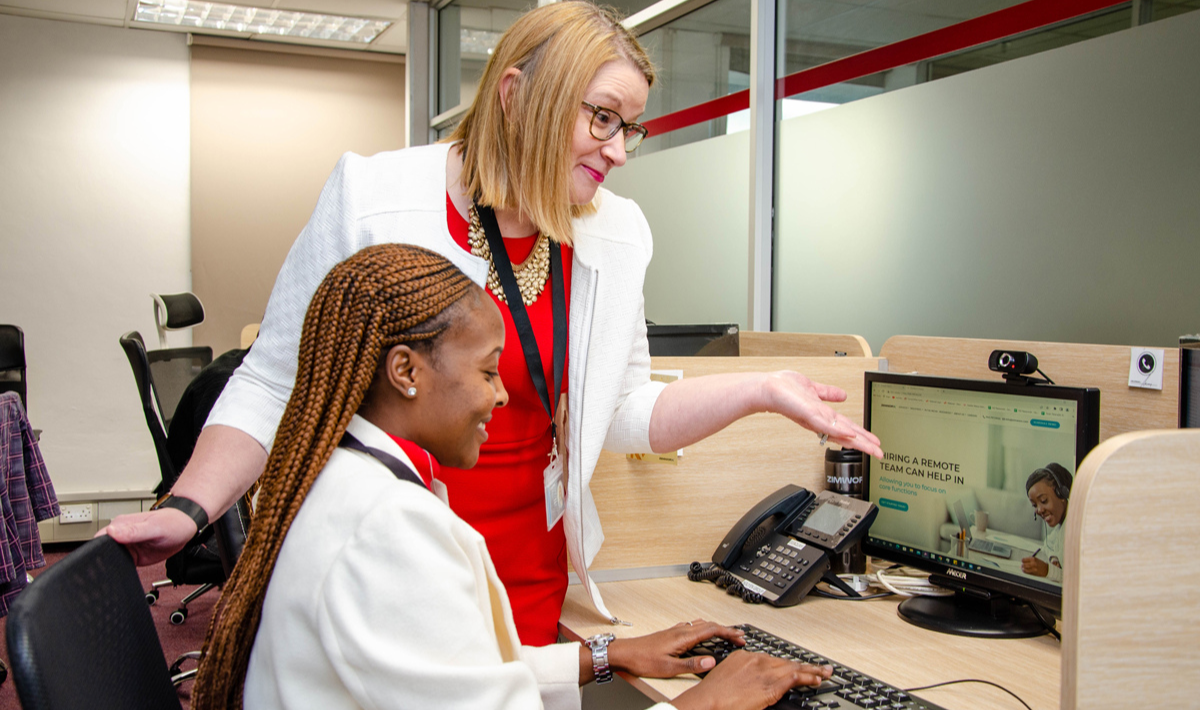Sponsored Content: SupportDDS
By Brenda McNulty, Dental Director, SupportDDS.com
“I don’t know how to do that.”
“No one ever taught me how to do that.”
“That’s not how Stacy taught me to do that?”
Almost every practice manager has heard these comments. It’s important to look into creating a Standard Operating Procedure (SOP) manual. For many, the term SOP can be quite overwhelming, but it doesn’t have to be. It’s easier than you think to create them, and once you have them implemented in your office, you can be assured that each team member will perform the same way, the correct way, and you’ll have SOPs ready for new team members.
It doesn’t have to be a “one-man band.” This is a team effort!
Step No. 1
This is to coalesce your team as one with seeing the need for SOPs. Ask them how they would benefit from having a SOP manual and what it would mean for the training of your new hires. Get them excited about the process. With everyone on board, you can begin the creative process for the SOPs. Remember, don’t overwhelm your team by leveraging all the steps in the beginning or putting unrealistic due dates on the creation. Instead, take baby steps. Show them a sample of a completed SOP, its format, and how it will benefit the team.
Step No. 2
Give each team member a sheet of paper and a pen. Have them keep it for two weeks and write down in detail everything they do. Take out the trash, process returned mail, change the paper in the credit card machine, spore testing… EVERYTHING! Remind them that these lists are to establish exactly what they do in their role. It’s important to get a very complex list of what happens both clinically and on the business side.
Step No. 3
Compile the lists into one for clinical and one for business, knowing that some tasks and duties may overlap. How you compile the list is up to you, but a suggestion is to allow someone on your team to take the lead on this manual. Not you! You have a lot on your plate and most likely have others on your team that are longing to take on a leadership role. One quick way to accomplish this task is to gather your team and have one person behind a whiteboard. Have each person list one duty on their list to put on the board. Anyone who has that task on their list crosses it off until all tasks are listed. Then you review the list to make sure everything is listed.
Step No. 4
Have your team take this list of tasks and divide them up one or two ways. One suggestion is to prioritize the duties as to what someone who is new to your practice would have to learn first, second, third, etc. Another suggestion is to divide the tasks into daily, weekly, monthly, yearly, and rarely.
Step No. 5
Determine what kind of a team you have. If you ask for volunteers to create these SOPs, will they do it? If they create them, will they be correct and usable? You know your team best. Most work better with small assignments, because after all, you are asking them to add this into their already busy daily routine. One common suggestion is to have them each select one task at first. Ask them when they could complete it. If they reply two days, give them one week to make sure no one has any excuses for not accomplishing the task. If they say two weeks, ask them what they would need to complete it in one week. Provide them with the format and the rules of creation.
All SOPs should be vetted by a team member before they are officially implemented. Consider using a volunteer that didn’t create the SOPs, but will be extremely critical of each process and the holes that may exist. Start off with one SOP and schedule a meeting to go over what was created. When they are turned in, tested, corrected, and everyone agrees to the SOP, provide each person whose SOP passes the test with a small prize.
Step No. 6
Make a plan for the completion of all the SOPs. Are people going to volunteer to do them? Are you going to assign three or four at a time? When is the due date? Ask your team for honest feedback on what they feel would work best. Be careful not to allow one team member to create them all. Play a round robin game of selection and each person picks which ones they are doing with a certain amount of time to complete them. This process looks different depending on your team. Bottom line, make it a team effort and a fun process that improves your team’s efficiency.
Step No. 7
Organize your SOPs and create a 90-day training program. Show new hires what they will be learning week one, week two, and up to week eight so they fully understand the organization. Assign them a list of tasks they will be required to learn in each week along with the SOPs for those tasks. Delegate a training captain to go through the materials and sign off on the sheet that confirms the new hire comprehends how to complete that task. At the end of each week, sign off that the team member understands and can complete that task as the SOP manual directs. These weekly sheets are added to their personal work file so there is no misunderstanding on their training topics.
Step No. 8
Celebrate the completion of your SOP manual! As a reminder, processes and operations in a dental office change over time. With each new hire or annually, review the SOPs to ascertain it is still relevant to your office. Create all new SOPs as needed and implement them to your entire team!
Working with Support DDS can be beneficial in establishing, documenting and seeing all training is completed for these processes. You can delegate a team member in your office to train a remote team member on a task and record it via Zoom. The remote team member can create an SOP based on the training they received and you can review the SOP together and determine if the training was accurate and create a standard of excellence and performance for that task. Many of our dentists have found using this technique has been highly beneficial for their practices and eases the burden of their in-office team.
Whatever method or style you choose, the key is to GET STARTED!





